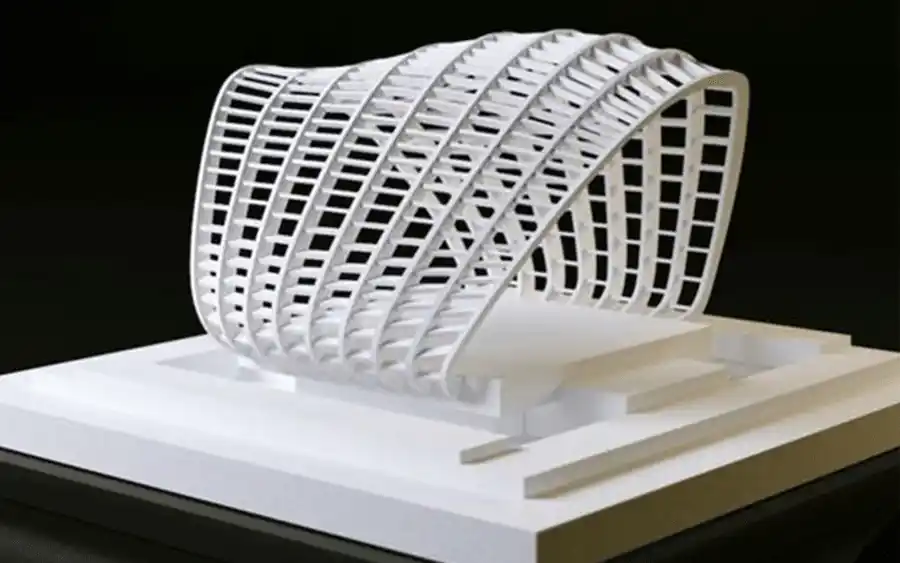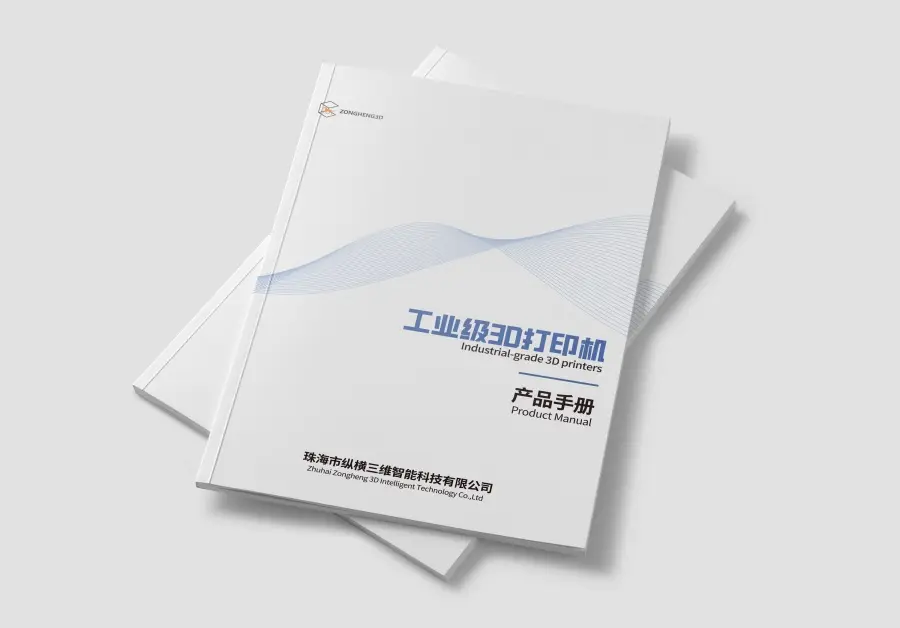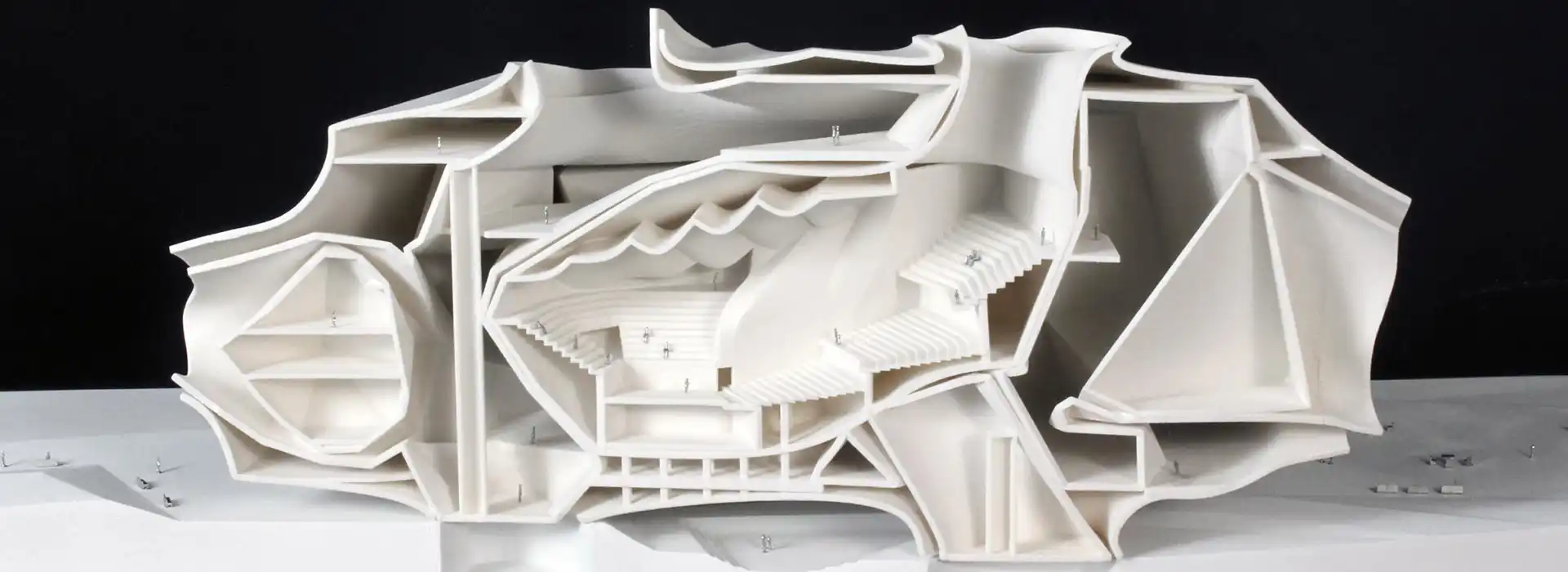
With the continued maturity of SLA 3D printing technology in recent years, more and more industries are beginning to come into contact with and to apply this technology. Above all, sand table model production of the SLA 3D printing series machine that we launched in the construction industry shows the great advantage of being a high-tech manufacturing technology.
Our proprietary SLA 3D printer can quickly convert 3D model files to solid models. Before printing, all you have to do is adjust the model to meet the applicable software requirements, then import the model into your machine and get started. The process can be unattended. When printing is finished, simply remove the removable platform from the printer. You can get the complete model after curing. It completely replaces the lengthy and complex manufacturing process of traditional sand tables.
In early model design, you can make changes and edits in the model file and make real-time adjustments according to your plan. You can also divide the model, scale it proportionally to the associated production scale, and finally import it into the printing machine. Once printed, the architect’s design creativity is fully visible, reducing the investment of many labor and material resources. In the early stages, it breaks through the requirements and limitations of the customary shape manufacturing process.
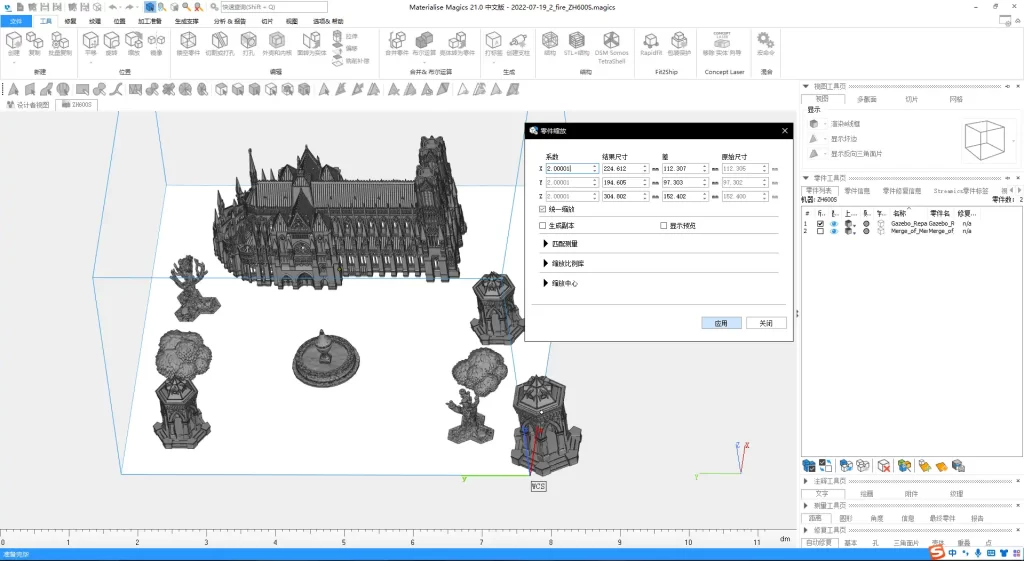
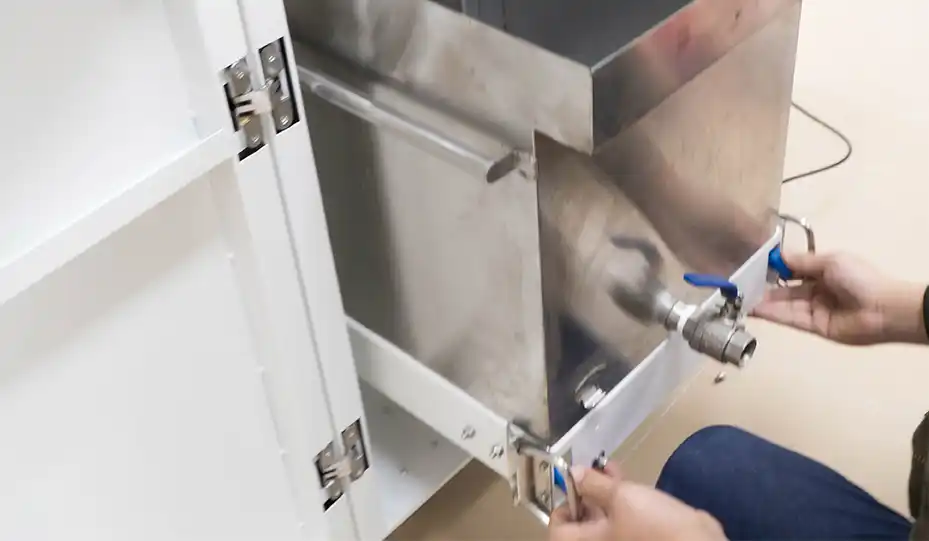
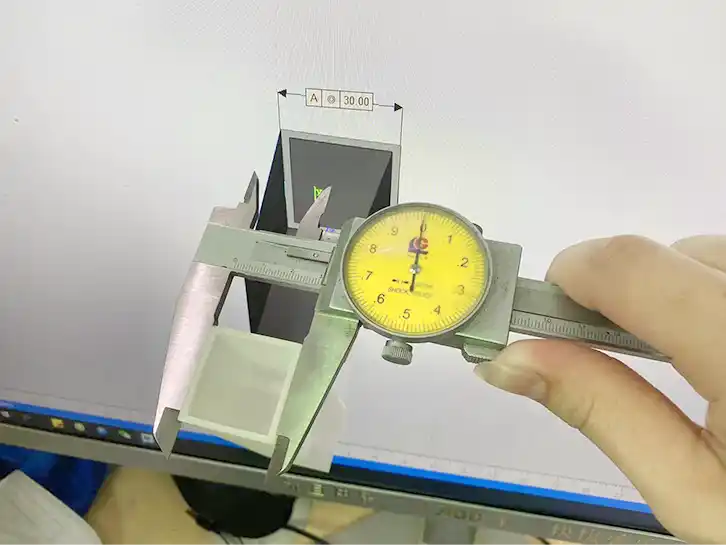
Compare with traditional processing, our 3D printers are simpler, faster and more efficient. Traditional constructional sand table models are mainly made by hand using materials such as paperboard, KT boards, wood boards and plastic rods. The manufacturing process is complicated, time consuming, labor cost high, and the details are relatively inaccurate. In addition, all models are equipped with one-shot molding (high speed) and high printing accuracy, which greatly simplify the manufacturing cycle and manufacturing cost of sand table models, and the printing accuracy can be controlled from 2mm to 0.05mm. By particularizing, it also avoids the possibility of proportional error at each plate with precise mechanized control. During the printing process, you can turn off the power and continue to print at any time in an emergency. When printing again, the system can pinpoint the print position where it paused.
The methodological limitations of traditional machining methods make it difficult to manufacture relatively complex models and parts. Our 3D printers and printing technologies completely ignore this issue and provide architects with more creative space. Architects can combine 3D software with 3D printing technology to achieve any complex creative design.
At the same time, you have more flexibility in processing model files during the printing process. When a customer creates a new requirement or solution, all they get to do is stop printing in the software, re-edit the model file, and print again. If you need to print the matching model in batch, you only need to copy a few more models into your software. The removable resin tank is also quite convenient when changing the resin.
In the highly mechanized precision control and the convenience of resin material replacement, the online design of the model and the control of physical printing was in the hands of the architect. Our 3D printers can easily, quickly and efficiently replace traditional processing methods to customize personalized logos and text for landscape designs such as sand table real estate and roads, so architects will make the sand table more standardized and beautiful.
https://www.youtube.com/watch?v=s-c37Zf6Kuk

